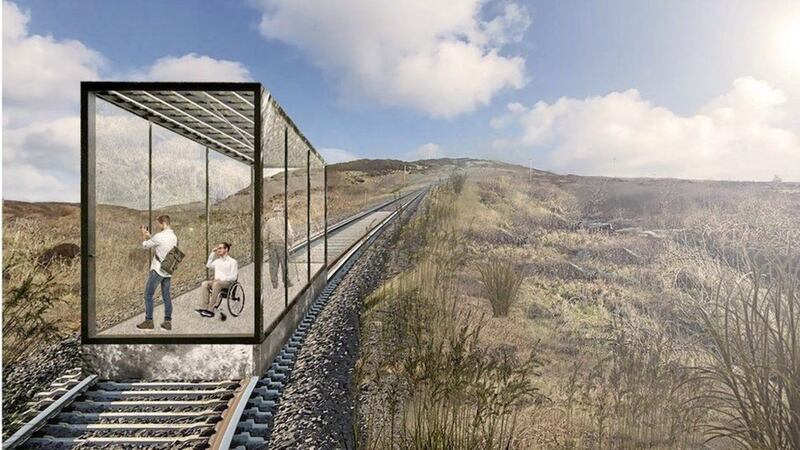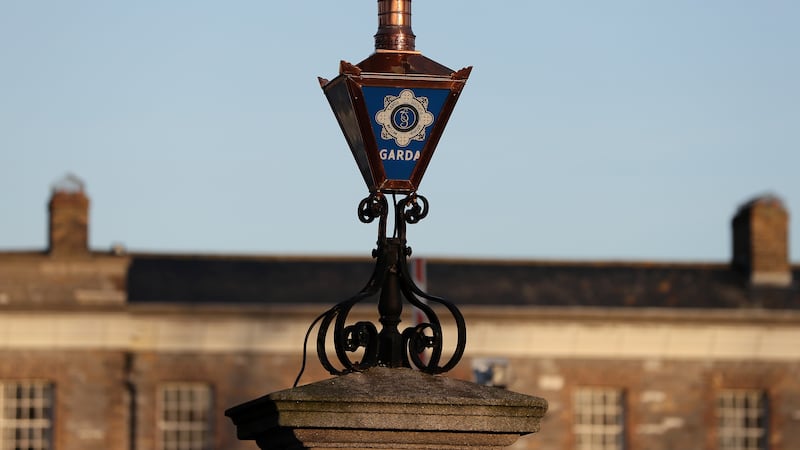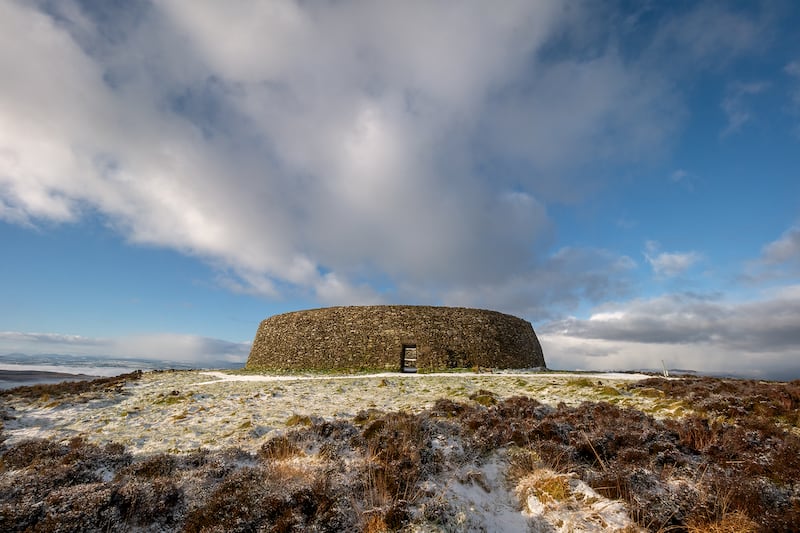IRELAND’S first `funicular' is to be built in Donegal to provide access to Inishowen's Dunree Fort.
The hill railway, along with a dramatic glass walkway jutting over the waters of Lough Swilly, are part of a €9.3m investment.
The Republic's tourism minister Catherine Martin said the development, part of a €73m project focusing on Donegal, Cavan, Dublin and Westport, Co Mayo, was the biggest ever investment by Fáilte Ireland.
Built as a coastal defence during the Napoleonic Wards, Dunree near Buncrana remained in British hands until 1938 as part of Ireland's treaty ports agreement. Following a long period as home to Irish defence forces, it is now a major tourist attraction, affording spectacular views over Lough Swilly.
Chairwoman of Donegal county council, Rena Donaghey said the investment would also include bringing some buildings on the complex back into use.
"This will transform the whole area in Dunree. The board have massive plans," she said.
She added that there were plans to build a new car park, refurbish the fort's museum and improve walkways as well as creating new ones. There are also plans to develop a conference centre.
"The funicular railway or cable railway is a great add-on altogether. It'll be the first in the whole of Ireland," Ms Donaghey said.
More than 500 jobs are expected to be created through the construction stage while 12 full-time positions are expected to be created by the development when complete.
"It's a spectacular area down there with spectacular views, very, very busy. It attracts an awful lot of visitors, even the way that it is (now). The plans are very ambitious.”
She added that the fort would be iconic when complete. The next stage of the development is the planning application, followed by a tendering process and finally construction.








